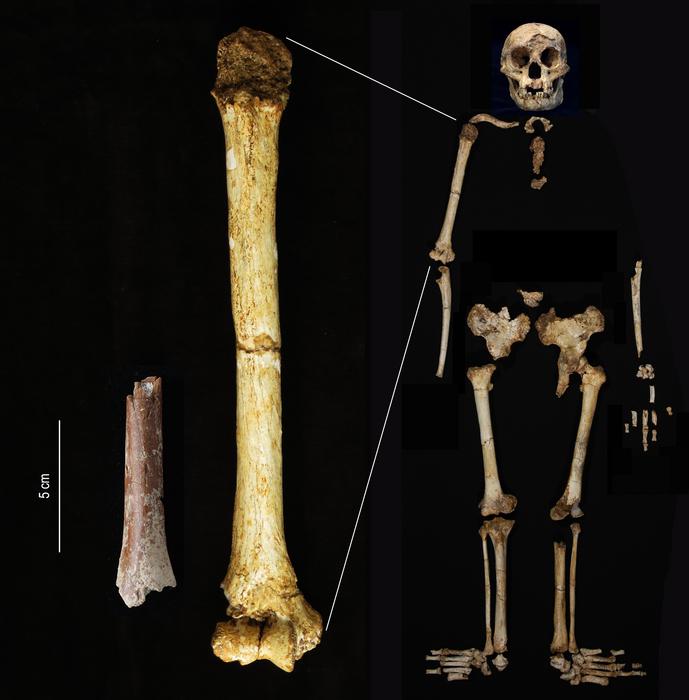Smallest Ever Human Arm Bone Found as a Piece of the Hobbit Origin Puzzle
Posted on Categories Discover Magazine

A new fossil find pushes back both the age and the size of the ancestors of the so-called Hobbits.
Bones from the diminutive protohumans named Homo floresiensis were first found in a cave on the Indonesian island of Flores in 2003 and dated back about 50,000 years.
Researchers now report in Nature Communications finding similar fossils on the island — but at an open-air site 46 miles from the cave — dating back 700,000 years. The findings include the smallest ever human arm bone.
“This very rare specimen confirms our hypothesis that the ancestors of Homo floresiensis were extremely small in body size; however, it is now apparent from the tiny proportions of this limb bone that the early progenitors of the ‘Hobbit’ were even smaller than we had previously thought,” Adam Brumm, co-author of the paper and an anthropologist from Griffith University of Australia, said in a press release.
The Hobbit Relatives
The team used that bone to calculate the ancient hominid’s height as 42 inches. That’s about 2 inches shorter than the estimated height of the H. floresiensis skeleton from the cave site. The H. floresiensis height estimation was based on a femur.
“This 700,000-year-old adult humerus is not just shorter than that of Homo floresiensis, it is the smallest upper arm bone known from the hominin fossil record worldwide,” said Brumm.
Read More: Meet Homo floresiensis: The Real-life Hobbits of Indonesia
The Origins of H. floresiensis
The finds help shed some light on H. floresiensis’ mysterious origins. For instance, from the same site as the arm bone, researchers found two small teeth. And since one tooth resembled that of early Homo erectus of Java, this essentially rules out that H. floresiensis evolved from an earlier and more primitive type of hominin.
However, the teeth from the new find are similar, but a bit more primitive, than those of the younger Hobbits from the cave location. In all, the 10 total fossils from the new site are anatomically similar (if a bit smaller) than the ones from the cave site.
Several mysteries remain, though? Why was this particular group of hominids so small? Where did they come from? How did they get to Flores? Why haven’t any Hobbit fossils been found elsewhere?
“The evolutionary history of the Flores hominins is still largely unknown,” said Brumm. “However, the new fossils strongly suggest that the ‘Hobbit’ story did indeed begin when a group of the early Asian hominins known as Homo erectus somehow became isolated on this remote Indonesian island, perhaps one million years ago, and underwent a dramatic body size reduction over time.”
Read More: The Flores Man Hobbits: Are They Still Alive?
Article Sources
Our writers at Discovermagazine.com use peer-reviewed studies and high-quality sources for our articles, and our editors review for scientific accuracy and editorial standards. Review the sources used below for this article:
Before joining Discover Magazine, Paul Smaglik spent over 20 years as a science journalist, specializing in U.S. life science policy and global scientific career issues. He began his career in newspapers, but switched to scientific magazines. His work has appeared in publications including Science News, Science, Nature, and Scientific American.